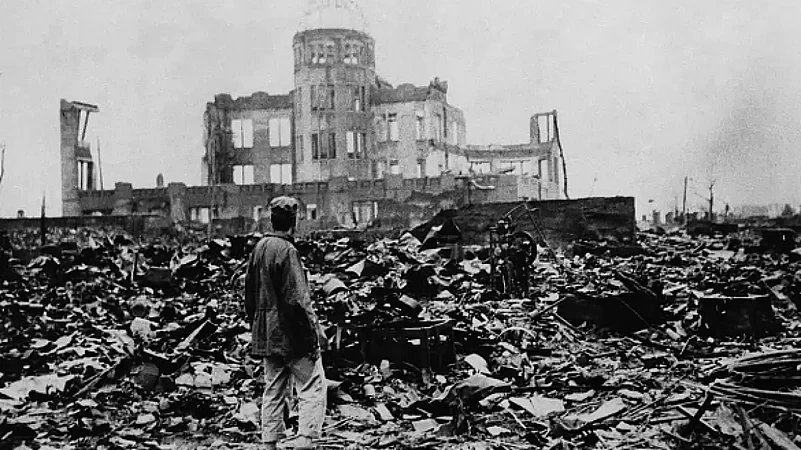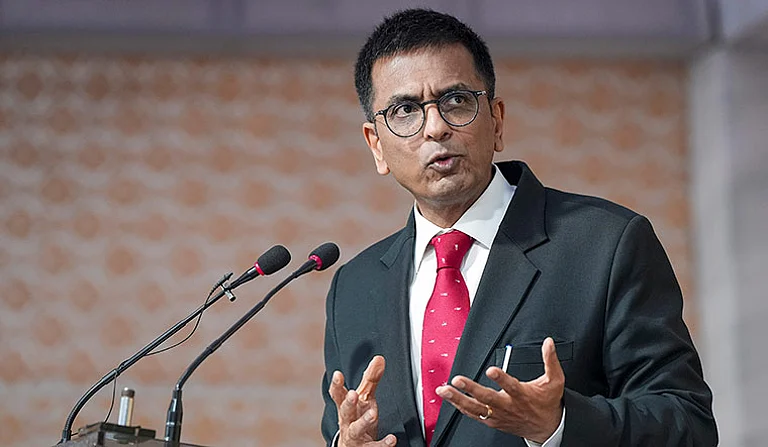Christopher Nolan’s film on Robert Oppenheimer, “Father of the American Atom Bomb” starring Cillian Murphy in the lead role is a great hit. On July 16, 1945, when Oppenheimer watched the Trinity Test, the first detonation, he was reported to have quoted Bhagawad Gita: “Now I am become Death, the destroyer of Worlds”. Unfortunately, this was later used by his detractors to allege that he was not enthusiastic about the bomb.
However, this article is not about the US atom bomb project, rather it is about how Soviet intelligence could succeed in penetrating into that activity, by taking advantage of its role as an American ally in the Second World War, when there was political reluctance in Washington Dc to expose Moscow; also how in those circumstances, US counterintelligence could still resist Soviet offensive by not elevating it to the White House level.
The story starts in 1938 when a Berlin lab discovered fission, the basis of an atom bomb. From then on, according to the history published by the US Department of Energy, Nazi Germany started attempts to penetrate America after knowing that a secret Anglo-American atom bomb project was on. However, this failed.
The Soviet Union was more successful because it had its ideological sympathiser “moles”, known as the “Cambridge Five”, spread in key sectors in Britain. Moscow came to know about the venture a year before the US formed the “Manhattan Engineer District” (a military district), in Los Alamos, New Mexico on 13 August 1942. The suspicion was on John Cairncross of the “Cambridge Five” who was working as private secretary to Lord Hankey, who had participated in a British scientific group known as the “Maud Committee” to explore the possibility of fabricating atom bomb.
Two more developments took place around this time. The first is the best example of how Open-Source Intelligence (OSI) plays a great role in intelligence gathering as I mentioned in my recent book. That was when the Soviet Union realised the importance and started “Operation Enormoz” (enormous), giving top priority to this project.
In April 1942, a young Soviet physicist Georgii Flerov noticed a sudden drop in the open scientific fission-related publications from Britain and America which indicated their move towards secrecy. He felt that a secret bomb project was on and hence directly wrote to Josef Stalin. The second was known later. David Maclean, a diplomat member of the “Cambridge Five” whose activities came to light only in 1951 when he defected, was found to have leaked to his Soviet handlers about this project. Between 1944 and 1948, Maclean would work as Secretary of the secret UK/US/Canada committee on atomic energy matters formed after the 1943 Roosevelt-Churchill-Mackenzie Quebec Agreement.
To resist this, America started the Venona project which was one of the longest signal operations in history (1943-1980). Since it was part of an ongoing signals intelligence operation, a separate sanction to start a new venture was not taken. Gene Grabeel, a crypto analyst, who was a retired schoolteacher, was the first to undertake this venture under the orders of Col. Carter Clarke, Chief of the Special Branch of Military Intelligence. Later Meredith Gardner and Cecil Phillips contributed to its success.
In 1943, Clarke suspected that the Soviet Union would resume peace negotiations with Nazi Germany, much like the 1939 Molotov-Ribbentrop Peace Pact. However, when they deciphered the secret coded messages, they were stunned to find that Moscow had already infiltrated the Manhattan Project, that too, at the senior administration level. Nearly 3,000 such telegraphic cables sent between Soviet spies and their Moscow handlers were intercepted and decrypted by Venona cryptanalysts.
Several high-level names tumbled out: Harry White, the second most important person in the Treasury Department, Lauchlin Currie, a trusted personal assistant to President Roosevelt, Maurice Halperin, head of research in OSS, the forerunner of CIA, and William Perl, a bright government aeronautical scientist. Among the spies in the Manhattan Project were Klaus Fuchs, Alger Hiss, David Greenglass, Julius Rosenberg, and Rosenberg's wife Ethel. There were many others like Theodore Hall, who were detected but not prosecuted as they could not gather corroborating evidence other than Venona intercepts. Several others whose names were in codes were unidentified.
At some stage, even Oppenheimer was suspected to be involved in spying for the Soviet Union. Edgar Hoover’s FBI had suspected him to be a Communist sympathiser even as a professor at Berkeley. Also, a letter dated 2 October 1944 from Boris Merkulov to Lavrenty Beria, Stalin’s spy chief mentioning Oppenheimer had surfaced. It was never proved to be genuine. His detractors were successful in getting his security clearance suspended in 1954. It was “restored” only on December 16, 2022, a full 55 years after his death in 1967 by the present US Secretary of Energy Jennifer Grandholm who said that his security clearance was revoked in 1954 “through a flawed process”.
(The writer is a former Special Secretary, Cabinet Secretariat, and author of “Intelligence over Centuries”. Views personal)

























